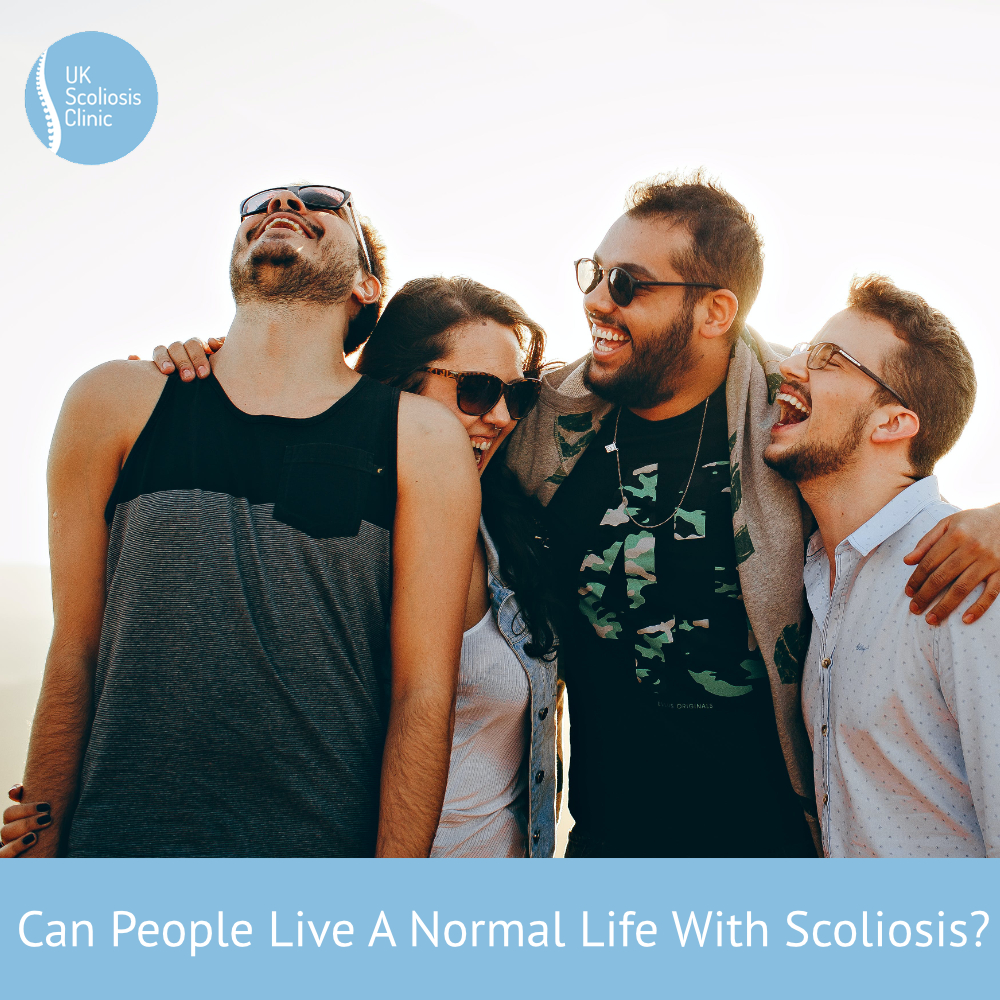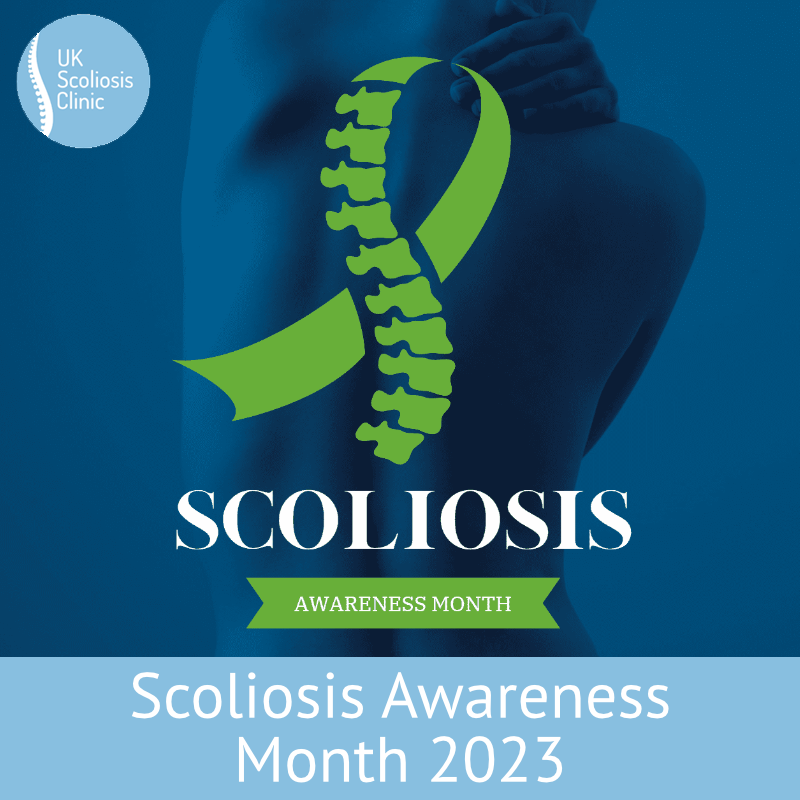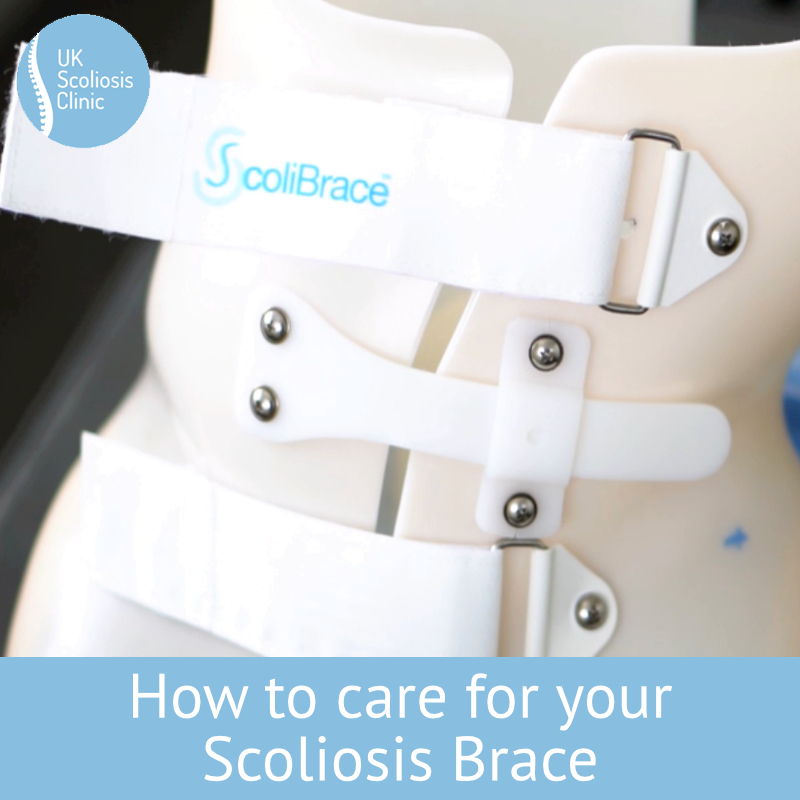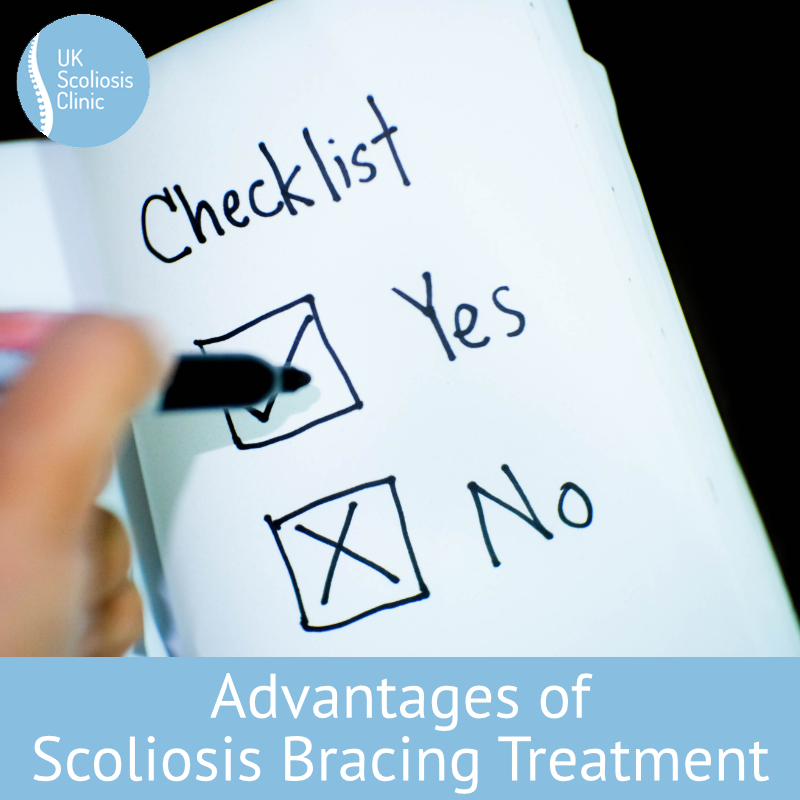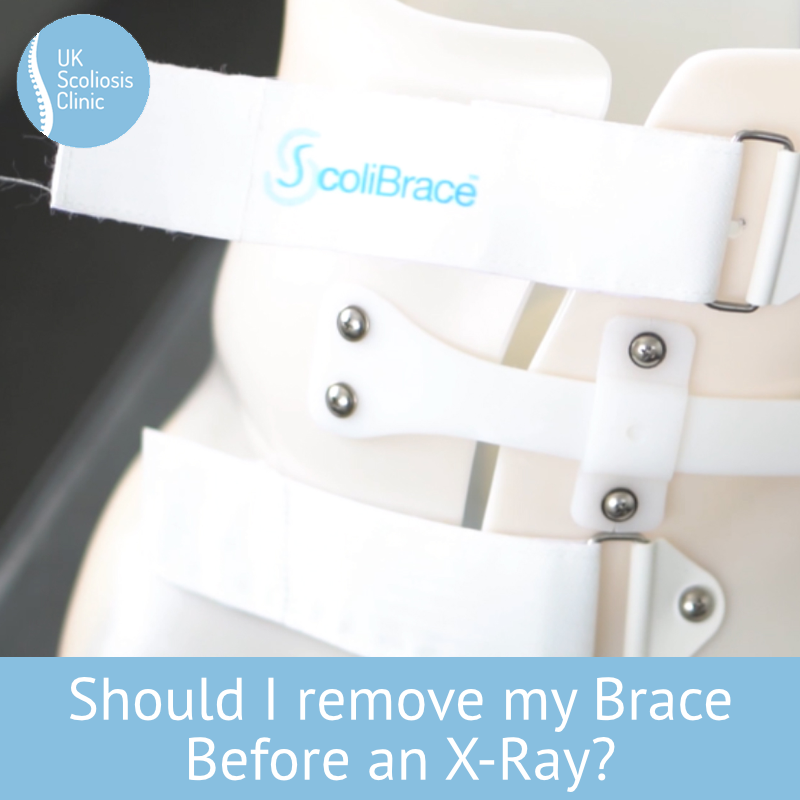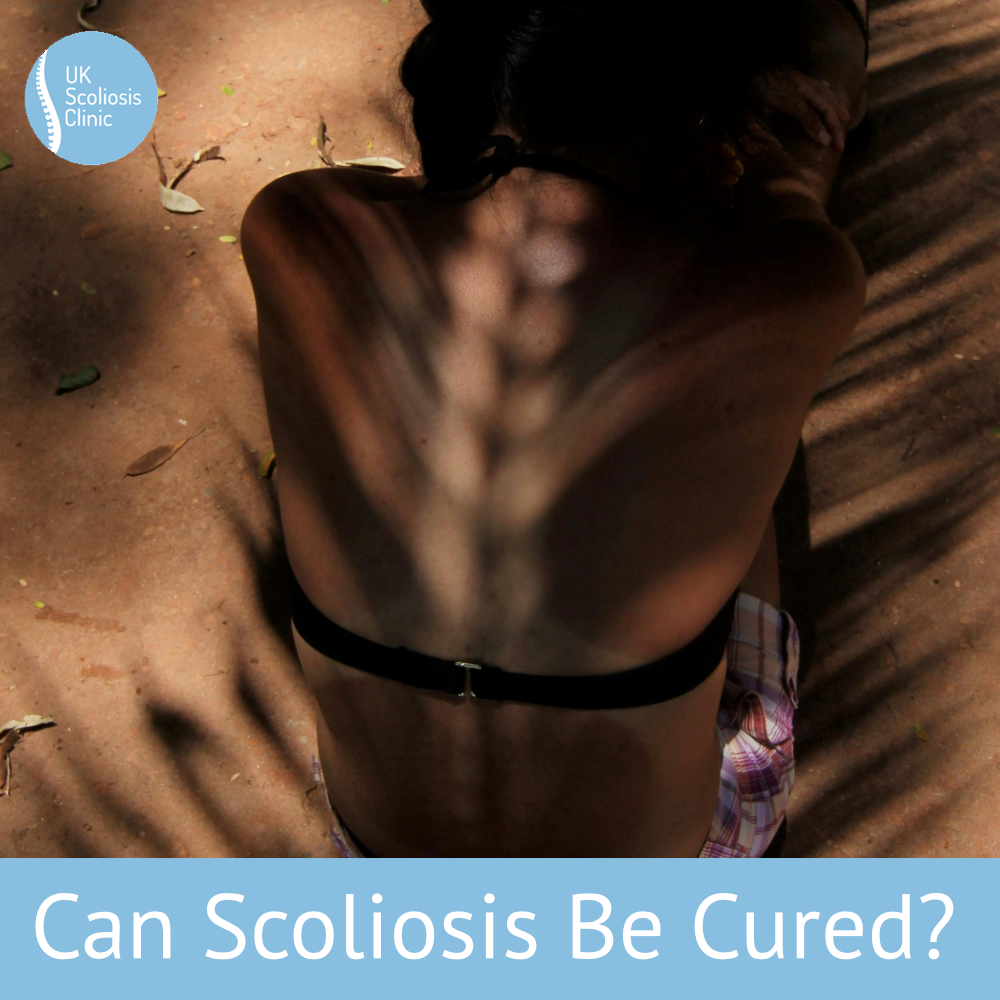
For those who are diagnosed with scoliosis, the first question is almost always “can scoliosis be cured?”. Scoliosis is a complex condition – and so is the answer to this question.
What is Scoliosis anyway?
Before we can address the issue of a cure, we first need to properly understand the problem.
Scoliosis is a complex condition which consists of several issues occurring all at once. While a normal spine will appear straight when viewed from behind, in Scoliosis a 3-dimensional shift in the spine takes place, most notably causing a curvature to one side or the other, but it also tends to lead to rotation of the spine itself. Over time, scoliosis affects the balance of the body, leading to muscle imbalances, postural problems and issues with range of movement.
Scoliosis, especially in the early stages, can be hard to spot – scoliosis has typically progressed for some time before there are visual signs – however, once signs have appeared:
- From the back, the spine may have a C or S shape curve rather than that of a straight line, this can make the waistlines uneven or one shoulder lower than the other.
- From the side view, the normal spinal curves are often straightened, which makes the mid-back appear flat. Shoulder blades may be prominent.
- While looking from the head down to the feet, there is a rotation or twist which can cause ribs or one side of the lower back to appear humped or more prominent.
Scoliosis is typically divided into two main categories – adult, and childhood scoliosis. Adult scoliosis is caused either by the degeneration of spinal discs with age or as a result of childhood scoliosis which was not treated. Childhood scoliosis (affecting infants through to young adults) has several known causes, but in 80% of cases, the exact cause is unknown. This is termed “Idiopathic” scoliosis. The remaining 20% of cases are typically caused by congenital or genetic conditions, spinal malformations, underlying neuromuscular conditions, metabolic conditions or trauma.
Can Scoliosis be cured?
It’s important to be clear about what we mean when we talk about a “cure”. Scoliosis, depending on the type is (probably, according the current research) either genetic (idiopathic), or the result of denegation in the spinal discs (de-novo). Neither of these underlying issues can be “cured” per se.
Therefore, while some symptoms can be alleviated, addressing the root cause, especially when unknown or age-related (as in de-novo scoliosis), looks more like management rather than a definitive cure.
In young people, Scoliosis which is spotted early may be possible to correct to an extent that the spine is considered “normal” – but the individual will still have the underlying genetic factors which predispose them to developing Scoliosis. Ongoing monitoring will be required to stop the curve from coming back, at least until adulthood is reached.
In order people, it’s not possible to reverse the ageing process or reduce the damage which may have already occurred to vertebra – however, it is possible to support the spine and prevent it from worsening quickly, and complementary treatments may well be able to reduce any associated pain and greatly improve mobility.
At the UK Scoliosis Clinic, our aim is to allow people to live a normal life with Scoliosis.
[1] ‘A population-based cohort study of 394,401 children followed for 10 years exhibits sustained effectiveness of scoliosis screening’
Fong DY, Cheung KM, Wong YW, Wan YY, Lee CF, Lam TP, Cheng JC, Ng BK, Luk KD, Spine J. 2015 May 1;15(5):825-33. doi: 10.1016/j.spinee.2015.01.019. Epub 2015 Jan 20.
[2] Scoliosis bracing and exercise for pain management in adults—a case report
Weiss et al, J Phys Ther Sci. 2016 Aug; 28(8): 2404–2407.


